Table of content
Cooking rice might seem like a straightforward task, but achieving perfectly cooked grains can sometimes be challenging. Uncooked rice, whether partially or completely raw, can ruin a meal and leave you feeling frustrated. This article delves into the reasons why rice might not cook properly and offers a comprehensive guide on how to address this issue. From understanding the basics of rice cooking to troubleshooting common problems, we’ll cover everything you need to know to ensure your rice is always fluffy, tender, and delicious.
Understanding Rice Varieties and Cooking Methods
Before diving into solutions, it’s crucial to understand the different types of rice and their unique cooking requirements. Rice can broadly be categorized into three main types: long-grain, medium-grain, and short-grain. Each variety has distinct characteristics that influence how it cooks and its final texture.
-
Long-grain Rice: Known for its slender shape and separation when cooked, long-grain rice is ideal for dishes like pilafs and fried rice. Varieties include basmati, jasmine, and American long-grain rice.
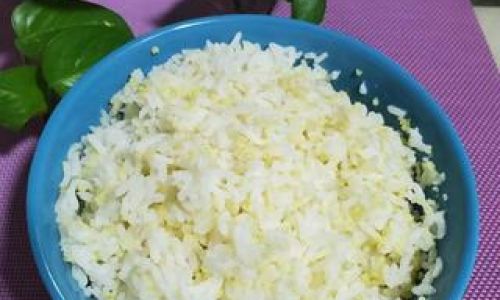
-
Medium-grain Rice: This type of rice has a shorter, thicker grain that tends to stick together when cooked. It’s perfect for dishes like risotto and paella. Arborio rice, a popular medium-grain variety, is essential for making creamy risottos.
-
Short-grain Rice: Short-grain rice has a stubby shape and a tendency to stick together and form a cohesive mass when cooked. It’s ideal for sushi and other Japanese dishes. Popular varieties include Japanese short-grain rice and glutinous (sticky) rice.
Different rice varieties require varying amounts of water, cooking times, and temperatures. For instance, long-grain rice generally needs more water and a higher cooking temperature than short-grain rice. Understanding these nuances is the first step in preventing uncooked rice.
Basic Rice Cooking Techniques
There are several methods to cook rice, each with its own set of instructions and potential pitfalls. Here are the most common techniques:
-
Absorption Method: This is the most popular method for cooking rice. It involves boiling rice and water together, then reducing the heat and allowing the rice to absorb the water. The ratio of water to rice varies by type but typically ranges from 1.5 to 2 cups of water per cup of rice.
-
Boiling Method: In this method, rice is boiled in a large quantity of water until tender, then drained. It’s often used for dishes where separate grains are desired, such as fried rice or rice salads.
-
Steaming Method: Rice is placed in a steamer basket over boiling water. This method preserves the nutrients and flavor of the rice but requires careful monitoring to prevent overcooking or drying out.
-
Pressure Cooking Method: Using a pressure cooker can significantly reduce cooking time. The high pressure and temperature ensure even cooking, but it’s crucial to follow the manufacturer’s instructions to avoid burning or undercooking.
-
Microwave Method: A quick and convenient option, microwave cooking involves placing rice and water in a microwave-safe dish and cooking on high until the water is absorbed. This method can be tricky due to variations in microwave power and rice types.

Common Causes of Uncooked Rice and Solutions
Now, let’s explore the most common reasons why rice might not cook properly and how to fix them.
Incorrect Water-to-Rice Ratio
Too little water can result in crunchy, uncooked rice, while too much water can make the rice mushy. The correct ratio depends on the type of rice you’re cooking. For most long-grain varieties, a 2:1 water-to-rice ratio is standard. Short-grain rice often requires less water, around 1.25 to 1.5 cups of water per cup of rice.
Solution: Measure the water and rice accurately. Refer to package instructions or reliable recipes for the correct ratio for your specific rice type.
Inadequate Cooking Time
Not allowing enough time for the rice to absorb the water can leave it partially raw. Cooking times vary by rice type and cooking method.
Solution: Follow the recommended cooking times for your rice variety and method. If you’re unsure, err on the side of longer cooking times and check the rice frequently to avoid overcooking.
Incorrect Cooking Temperature
Rice needs to cook at a consistent, gentle simmer. Too high a temperature can cause the water to boil off too quickly, leaving the rice undercooked. Conversely, too low a temperature can prolong cooking time and potentially make the rice sticky or mushy.
Solution: Bring the water and rice to a boil, then reduce the heat to maintain a gentle simmer. Use a lid to trap steam and ensure even cooking.
Poor Quality Rice
Old or poor-quality rice can be difficult to cook properly. Rice that has been stored for too long may lose moisture and become stale, making it resistant to cooking.
Solution: Purchase rice in small quantities and store it in an airtight container in a cool, dry place. Check the expiration date before buying and avoid rice that looks discolored or smells off.
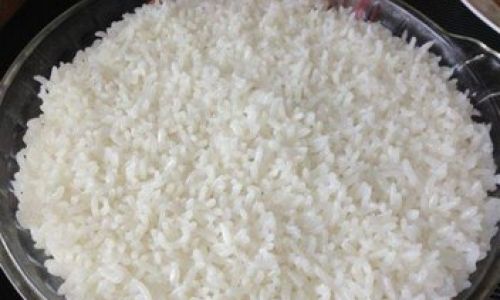
Incorrect Rice Rinsing
Rinsing rice can remove excess starch, which can prevent clumping and make the final dish lighter and fluffier. However, over-rinsing can wash away essential nutrients and moisture, making the rice harder to cook.
Solution: Rinse rice under cold running water until the water runs clear. Avoid soaking rice unless a recipe specifically calls for it, as this can also lead to loss of moisture.
Using the Wrong Pot or Pan
The material and size of your cooking pot can affect the cooking process. Heavy-bottomed pots distribute heat more evenly, while lightweight pots can hotspots that cause uneven cooking.
Solution: Invest in a good-quality, heavy-bottomed pot with a tight-fitting lid. Avoid using pots that are too small, as this can crowd the rice and prevent even steaming.
Not Stirring the Rice
Stirring rice too frequently during cooking can disrupt the absorption process and release too much starch, making the rice gluey. However, not stirring at all can lead to uneven cooking, especially if the heat is uneven.
Solution: Stir the rice once or twice after adding it to the boiling water to prevent sticking. After reducing the heat, avoid stirring until the end of the cooking time, when you can fluff the rice with a fork to separate the grains.
High Altitude Cooking
At high altitudes, boiling point is lower, meaning water boils at a lower temperature. This can affect the cooking process, causing rice to remain undercooked even after prolonged cooking.
Solution: Increase the cooking time and use a pressure cooker or rice cooker, which can maintain the necessary temperature and pressure for proper cooking. Alternatively, you can try adding a pinch of salt to the water, which can raise the boiling point slightly.
Advanced Tips for Perfect Rice
Beyond addressing common issues, here are some advanced tips to ensure your rice is always perfect:
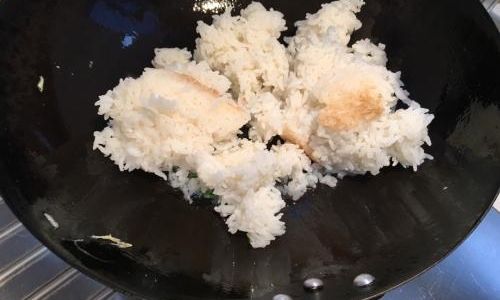
-
Toast the Rice: Before adding water, toast the rice grains in a dry pan over medium heat until they become fragrant. This step can enhance flavor and help the grains absorb water more evenly.
-
Use a Rice Cooker: Rice cookers are designed to cook rice perfectly, with settings that adjust for different rice types and quantities. They eliminate the guesswork and ensure consistent results.
-
Add Oil or Butter: A small amount of oil or butter can help prevent sticking and add a rich flavor to the rice. Add it to the pot after the water has been absorbed and the rice is nearly cooked.
-
Rest the Rice: After cooking, let the rice sit covered for 5-10 minutes. This allows the grains to finish absorbing any remaining moisture and firm up, creating a more pleasant texture.
Conclusion
Uncooked rice can be a disappointment, but with the right knowledge and techniques, it’s a problem that can be easily avoided. By understanding your rice type, using the correct cooking method and ratio, and paying attention to details like pot material and cooking temperature, you can ensure that your rice is always fluffy, tender, and delicious. Remember, practice makes perfect, and with a bit of trial and error, you’ll soon be able to cook rice with confidence. Happy cooking!
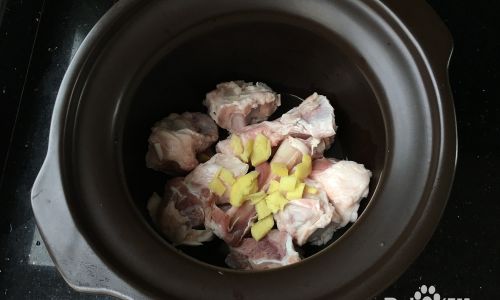
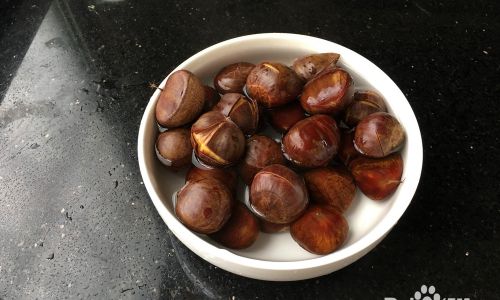
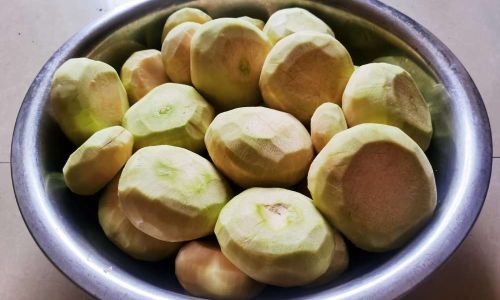
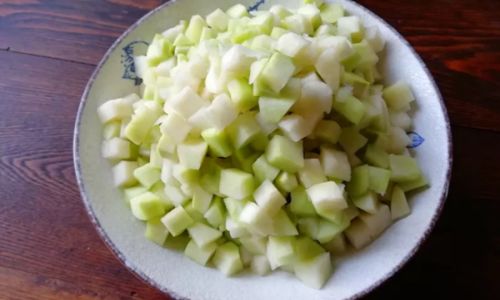
0 comments